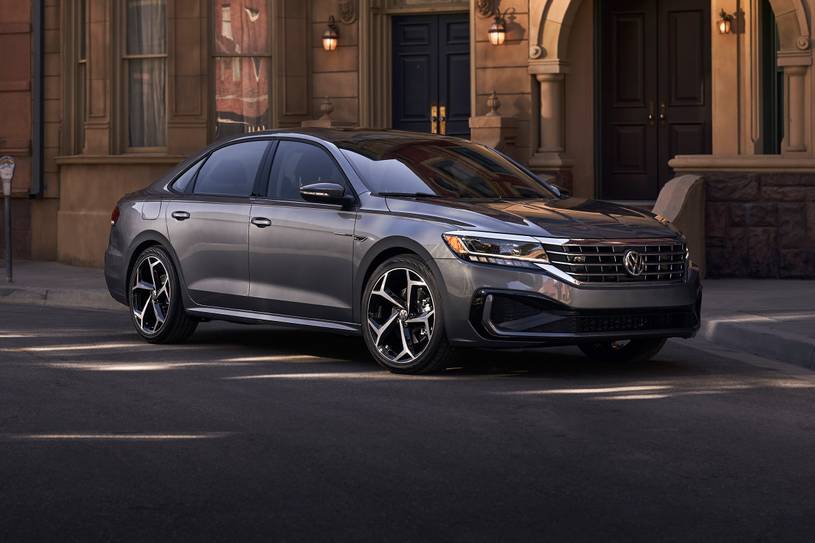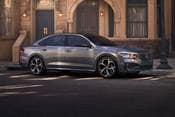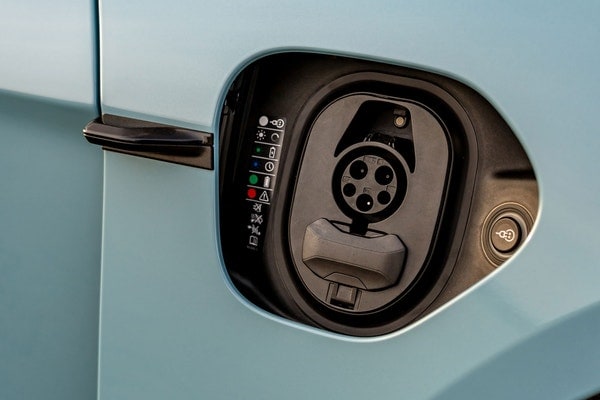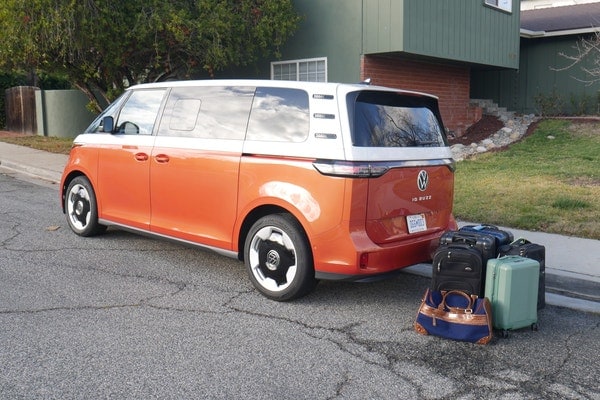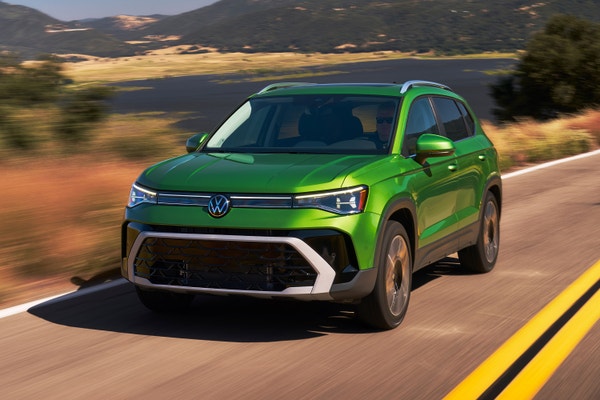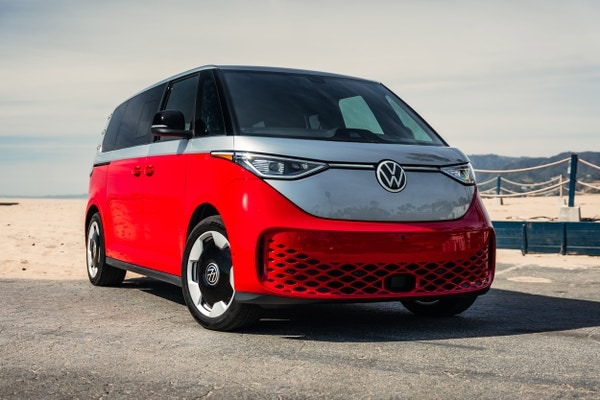What is it?
After eight years on the market, the 2020 Volkswagen Passat finally brings significant updates to VW's midsize sedan.
Eight years ago, Volkswagen gambled that it could broaden the appeal of its Passat sedan to American buyers if it were cheaper and designed for more mainstream tastes. Up to that point, the Passat was a funky, upscale sedan with niche charm. European car enthusiasts appreciated its premium touches that felt richer than a Honda or Toyota for less than the cost of entry to an Audi or BMW.
VW tossed aside that luxury pretense with the current-generation Volkswagen Passat, stripping it down to fewer features and lower-quality materials but still providing a comfortable and exceptionally roomy cabin. That decision doesn't seem to have had real staying power since Passat sales have been declining steadily from the peak when the 2012 model launched.
While VW claims otherwise, the 2020 Volkswagen Passat has not been redesigned. Nothing changes under the sheet metal, and the new car rides on the same chassis as before. However, there are a few key differences between it and previous models that aim to extend the lifespan of this aging four-door. Outside, the Passat assumes a bolder look with LED lighting, a larger and more expressive grille, and the coupe-style roofline de rigueur among four-doors. Much of the Passat's boxy side profile remains, and while it's not exactly a cutting-edge design, it should continue to age well.
The refreshed Passat will go on using a turbocharged 2.0-liter four-cylinder engine. But upgraded transmission hardware and new software tuning unlock more low-end torque, now up to 206 lb-ft of torque compared to 184 lb-ft in the outgoing model. The V6 is no longer offered, unfortunately — it was strong and sounded really good. But the extra sauce from the four-cylinder should make that an easier pill to swallow. As before, power reaches the front wheels through a six-speed automatic transmission.
